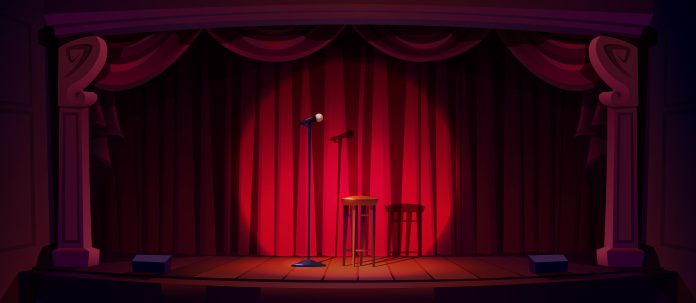In recent years, stand-up comedy as an art form has evolved very rapidly and is one of the most preferred forms of entertainment by people of all ages and from all walks of life. Because of how easy it may look, to just stand on a stage and crack jokes to an audience, you may surprised to know that stand-up comedy requires a lot of skill and practice. This is why it is important to have a distinction between talent and skill, where stand-up falls into the category of the latter. As an art form, there is a certain level of technique used in stand-up comedy, which is why not everyone succeeds in the field.
If you go for a stand-up show, it will most likely be for the duration of one hour, and most times, you don’t even realize how that hour has passed. This is because comics have a way of communicating through humor. Stand-up isn’t just joke after joke, it comprises of a story structure that takes you through the experiences of the comic, and because you are so invested in the story, reliving it makes it funnier. But not every story is funny, and not every story is worth a three-minute set, so how do comics find humor? The idea is to find humor in places where people wouldn’t normally look. It can be mundane tasks that are a part of everyone’s routine, or they can be something so specific that the rare possibility of that occurrence is funny in itself. Humour comes from observation; everybody experiences things, how do you experience them differently?
At first, it seemed amusing how people would pay money just to laugh for one hour, but once I started looking into the art of stand-up comedy, it was intriguing to know how comics structured their stories in a way that you’re entertained throughout. The thing is, people find you funny when they relate to you, which essentially means that shared experiences bring out humor. It is funny because you realize that you have had the exact same experience as the stranger standing on the stage in front of you and the strangers sitting next to you in the room. Almost everyone is funny, but there’s a difference between being the funny one in a group of friends, and being funny to fifty strangers you’ve never met before. The difference is that your friend group knows the kind of person you are, so they may naturally find you funny because of the way you are. But a room full of strangers will only find you funny if you deliver the story well.
If stand-up comedy was only telling jokes, then anybody could probably do it. What people fail to realize is that in the process, things like delivery and body language are also perfected. It is also important to see how invested you are in your own story, because if you don’t find it funny, then it is unlikely that anyone else would. When you think about it, stand-up is a form of storytelling: you tell a story and sell it so well, that the absurd parts of the story don’t seem bizarre, they seem funny.
Although, one thing people often fail to consider is that this form of storytelling is a long process of trial and error, and this is only because people are different and dynamic in nature. If fifty people found your story absolutely hilarious, it’s not necessary that the next fifty will. “Reading the room” is something comics have to do all the time, because knowing your audience is one of the most important aspects of stand-up comedy. Comics have to be able to identify which premises work for them and which ones don’t, whether that is in the middle of their set or at an open mic practice, changing the direction of their narrative has to be done smoothly so that the audience doesn’t see the shift.
If there’s so much to learn about standup comedy, then where do people learn it? Is there a course one can apply for? Unfortunately, no. The trial and error process of stand-up is what makes comics bigger and better. Especially in the Indian context, there are a lot of people struggling to make a name for themselves in this field, and it is great to see that the ones who already have, are helping upcoming comedians grow and succeed. An example of this is a show available on Amazon Prime Video, called Comicstaan. It’s where India’s most talented comedians judge and mentor up-and-coming comedians, and the mentorship on the show is quite impressive. The comics are mentored through different types of comedy like observational comedy, anecdotal comedy, sketch comedy, topical comedy, and even improv, and this helps them understand the different aspects of comedy.
So, the next time you go for a stand-up show or watch a video online, consider the fact that the joke you laughed at for five minutes straight, probably took five days to perfect from its conception, and that in itself is impressive.





























